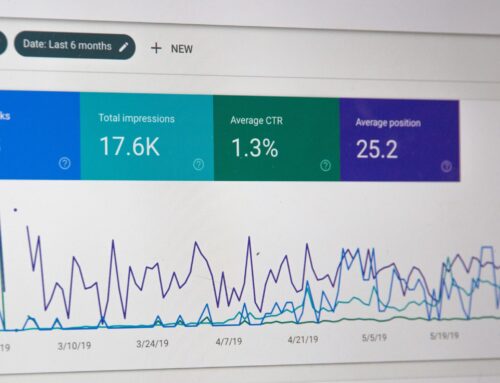 Your supervisor stops by and says they’re super busy. They need you to take care of something they don’t have time to do. After showing you that “Everything you need is in this folder” they thank you for your help and walk off. You have no idea how to do the task you were just assigned. That’s how learners can feel if training’s learning objectives aren’t set up well.
Your supervisor stops by and says they’re super busy. They need you to take care of something they don’t have time to do. After showing you that “Everything you need is in this folder” they thank you for your help and walk off. You have no idea how to do the task you were just assigned. That’s how learners can feel if training’s learning objectives aren’t set up well.
There are really two main types of learning objectives.
- Terminal objectives, which are basically the end goals, are the “big picture” of what the learner needs to be able to do. Let’s say that the task your supervisor gave you was to, “Fill out this spreadsheet.” That’s a terminal objective.
- Enabling objectives, which have a lot of other names, are the step-by-step milestone goals the learner needs to meet in order to reach a terminal objective. This is what your supervisor didn’t provide. Things like, “List the potential leads from the trade show notes in column C of the spreadsheet and put them in alphabetical order” are enabling objectives.
Let’s look at this another way. Think of a GPS. Your destination is the end goal. It’s where you want to go. But just knowing where you want to go doesn’t tell you how to get there. The directions you’re given to turn, continue straight, exit, and so on are what get you there.
Terminal objectives are usually developed first. Then you can work backward from them and investigate what steps it takes to reach that goal. Training initiatives should address both parts. Without an end goal the learner doesn’t have the “what it’s for” behind what they’re being asked to learn. Without steps they’re likely to be lost and confused because they don’t have the “how.”
In the past, it’s been fairly common to see one big eLearning or classroom training session addressing all the objectives in a single sitting. “This is what you need to be able to do and you’ll spend the next four hours learning why it’s important and how to do it.” If you divide the objectives into multiple shorter parts they’re less intimidating, easier to remember, and easier to update as needed. In other words, consider making a separate topic, lesson, whatever you want to call it, for each learning objective. This can be a helpful method for converting an existing “catch all” course into microlearning.
Terminal and enabling objectives are both important for designing and structuring training. Having one without the other is like having a GPS that doesn’t tell you how to get where you want to go or being given directions but not knowing the destination. Please don’t put your learners in that situation.
For more industry-focused articles like this, subscribe to our free monthly newsletter, Smarter…Faster!




